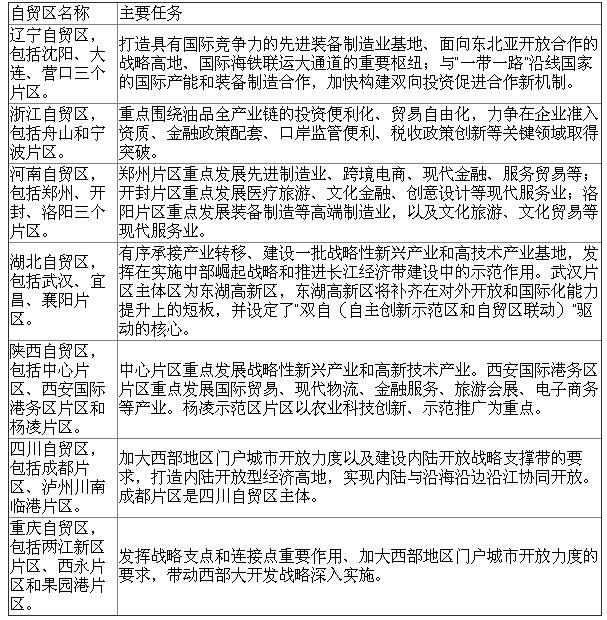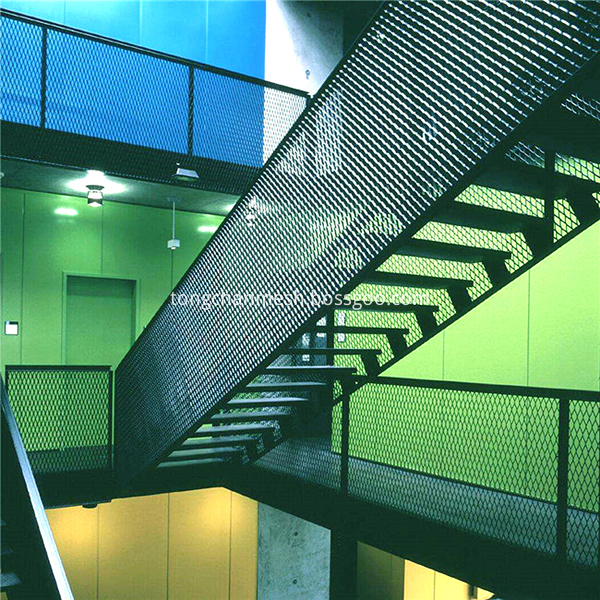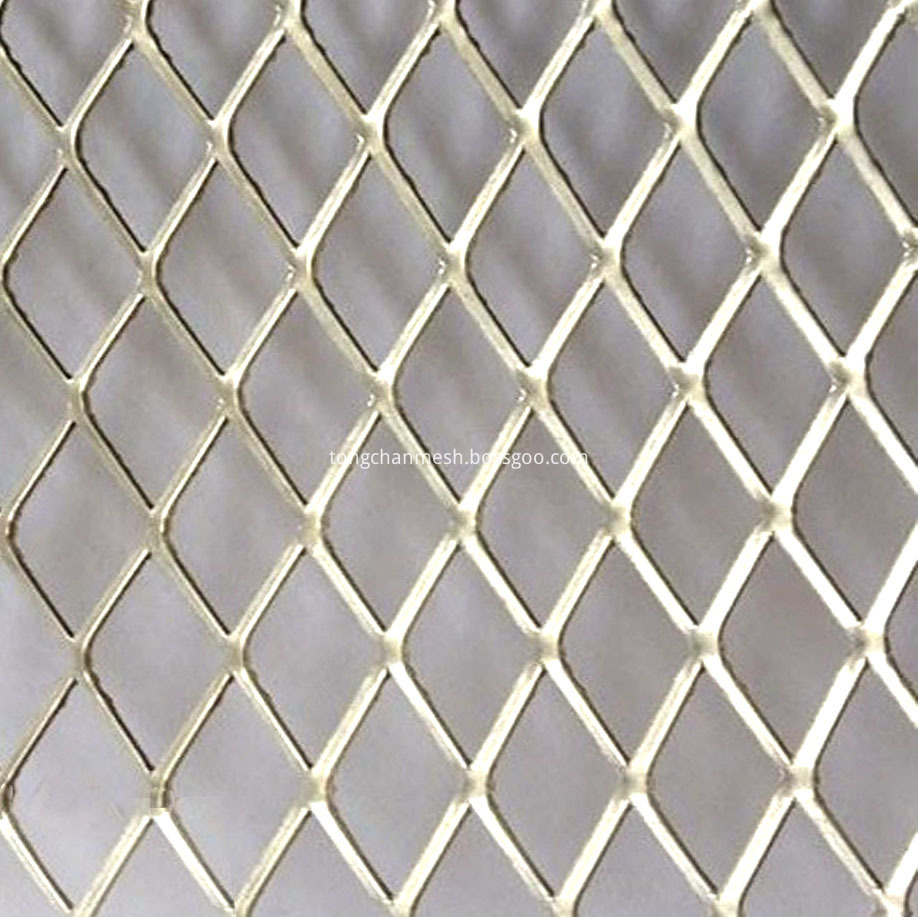“1+3+7â€, a new strategic pattern of free trade zone from coastal to central to western, and the reform of China’s free trade zone led by the expansion of openness has entered the “flying line†mode and sprinted internationally. Standard free trade system.
Carrying national strategies such as the “Belt and Roadâ€
"After the establishment of the third batch of free trade zones, China has basically formed a new pattern of comprehensive and high-level regional opening with the '1+3+7' free trade zone as the framework, east-west coordination, land and sea coordination, and accelerated implementation. The 'One Belt, One Road' strategy provides important support. Sheng Bin, deputy director of the China Free Trade Zone Experimental Center of Nankai University, told the reporter.
As a test field for China's international high-standard trade and investment rules, the Free Trade Zone has carried the mission of docking the national development strategy since its inception. The first and second batch of free trade zones in Shanghai, Guangdong, Tianjin and Fujian respectively docked major regional development strategies such as the Yangtze River Economic Belt, Guangdong-Hong Kong-Macao deep cooperation, coordinated development of Beijing-Tianjin-Hebei, and cross-strait economic cooperation.
For more than three years, the task of deepening the national strategy in the free trade zone has remained unchanged. The free trade zones of Liaoning, Zhejiang, Henan, Hubei, Sichuan, Shaanxi and Chongqing will be connected to the major regional development strategies of the Yangtze River Economic Belt, the rise of the central region, the development of the western region, and the revitalization of the old industrial bases in the Northeast.
Li Guanghui, deputy dean of the Ministry of Commerce, said in an interview that the newly established seven free trade zones include the coastal, central, western and northeast regions, plus four established free trades. District, initially formed a regional development layout. Strategically speaking, it serves not only the construction of the “Belt and Roadâ€, the coordinated development of Beijing-Tianjin-Hebei, and the development of the Yangtze River Economic Belt, but also serves the development of the western region, the revitalization of the old industrial bases in the northeast, the rise of the central region, and the development of the eastern region. The regional development strategy of the large sector is consistent with the overall strategic layout of the country's new round of reform and opening up.
In the new pattern of “1+3+7†free trade zone, the main strategic line of joint docking is “One Belt and One Roadâ€.
The four free trade zones in Shanghai, Guangdong, Tianjin and Fujian will promote the construction of the “Belt and Road†as an important content, and strive to be the vanguard of the “Belt and Road†construction. The seven newly established free trade zones will still dock the “Belt and Road†as an important fulcrum.
For example, the Henan Free Trade Zone is committed to building a modern integrated transportation hub and logistics system that connects the north and the south, connects the east and west, serves the “Belt and Roadâ€; the Shaanxi Free Trade Zone will play the role of the “Belt and Road†to the western development belt and increase the west. The requirements for the opening of regional gateway cities will create a new highland for inland reform and opening up, and explore new models of economic cooperation and cultural exchanges between the inland and the “Belt and Road†countries. The Liaoning Free Trade Zone will cooperate with the international production capacity and equipment manufacturing of countries along the “Belt and Road†to participate in international competition in a wider and wider field.
Deep cultivation regional reform experiment characteristic task
With the listing of the third batch of free trade zones, the strategy of China's free trade zone has also entered the 3.0 era from the 2.0 era, and the regional breadth and depth of content of the trial reform have been upgraded in all directions.
The Chinese Academy of Social Sciences wrote in the "Free Trade Zone Blue Book (2016)": The most basic experience of China's reform and opening up is that openness provides pressure, motivation, standards and experience for domestic reforms. The free trade pilot zone is to expand openness and government. The dual task of reform is the primary feature. The core content of the free trade zone experiment is not only limited to opening up to the outside world, but also promotes the reform of relevant domestic departments by forming a reversal mechanism for a higher level of opening up.
"Institutional innovation in the 11 free trade zones will enter the 'Yanxing' mode from the original model of Qiongtou, and will be guided by the "Deepening China (Shanghai) Pilot Free Trade Zone Reform and Opening Program" adopted by the Central Deep Reform Group. The reform has entered the comprehensive reform pilot zone from the original narrow-risk pilot zone, and various types of self-government zones including comprehensive bonded, financial, high-tech, agriculture, and tourism will emerge, and the reform field will be greatly expanded.†Shanghai University of Finance and Economics Free Trade Sun Yuanxin, vice president of the district research institute, said.
In fact, the layout of the third batch of free trade zones also reveals regional characteristics.
Liaoning Free Trade Zone is divided into three zones: Shenyang, Dalian and Yingkou. It will build an internationally competitive advanced equipment manufacturing base, a strategic highland for open cooperation and cooperation in Northeast Asia, and an important hub for the international sea-rail combined transport corridor. All the way along the international production capacity and equipment manufacturing cooperation, accelerate the construction of a new mechanism for two-way investment promotion cooperation.
The Zhejiang Free Trade Zone will implement the central government's request for “exploring and constructing the Zhoushan Free Trade Port Areaâ€, and explore the promotion of the liberalization of bulk commodity trade and the enhancement of the global allocation of bulk commodities.
Zhejiang Free Trade Zone includes Zhoushan and Ningbo Areas. According to Zhejiang Provincial Governor Che Jun, the construction of Zhejiang Free Trade Zone will highlight key points, focus on investment facilitation and trade liberalization in the entire industrial chain of oil products, and strive to qualify for enterprise access, financial policy support, port supervision and convenience, and taxation. Breakthroughs have been made in key areas such as policy innovation.
Henan Free Trade Zone covers three districts of Zhengzhou, Kaifeng and Luoyang. In terms of industrial layout, Zhengzhou area focuses on the development of advanced manufacturing, cross-border e-commerce, modern finance, service trade, etc.; Kaifeng area focuses on the development of modern service industries such as medical tourism, cultural finance, and creative design; Luoyang area focuses on developing high-end equipment manufacturing and other high-end services. Manufacturing, as well as modern services such as cultural tourism and cultural trade.
The Hubei Free Trade Zone will implement the central government's requirements for orderly undertaking industrial transfer in the central region, building a number of strategic emerging industries and high-tech industrial bases, and exerting its exemplary role in implementing the strategy of the rise of Central China and promoting the construction of the Yangtze River Economic Belt.
Hubei Free Trade Zone includes Wuhan, Yichang and Xiangyang districts. The Donghu High-tech (7.950, 0.07, 0.89%) area, which is the main area of ​​the Wuhan area, will fill the shortcomings in the opening up and internationalization capabilities, and set up a “double self†(independent innovation demonstration zone and self The core of the trade zone linkage).
The Shaanxi Free Trade Zone has set up a central area, Xi'an International Port Area and Yangling Area. The central area focuses on the development of strategic emerging industries and high-tech industries. Xi'an International Port Area focuses on the development of international trade, modern logistics, financial services, tourism exhibitions, e-commerce and other industries. The Yangling Demonstration Zone focuses on agricultural science and technology innovation and demonstration.
The Sichuan Free Trade Zone will implement the central government's requirements for increasing the opening up of gateway cities in the western region and building a strategic support belt for inland openness, creating an inland open economic highland and achieving synergy between the inland and coastal areas along the river. The Sichuan Free Trade Zone is divided into two parts: the Chengdu area and the Chuannan Chuanna area. The Chengdu area is the main body of the Sichuan Free Trade Zone with a planned area of ​​nearly 100 square kilometers.
The Chongqing Free Trade Zone will implement the central government's requirements for exerting the important role of Chongqing's strategic fulcrum and connection points and increasing the opening up of gateway cities in the western region, and drive the implementation of the strategy for the development of the western region. The Chongqing Free Trade Zone is initially divided into the Liangjiang New Area, the Xiyong Area and the Orchard Port Area.
Unleash a new wave of reform dividends
“Since the launch in 2013, the construction of the Pilot Free Trade Zone has achieved remarkable results. The Free Trade Zone has attracted one-tenth of the country’s foreign investment with one-twentieth of the country’s land area, and 114 pilot experiences in the Pilot Free Trade Zone. Has been copied to the country."
Gao Hucheng, former Minister of the Ministry of Commerce, said before the two national conferences this year that the newly established Pilot Free Trade Zone will closely focus on the national strategy, focusing on major themes such as state-owned assets reform, western development, northeast revitalization, and the rise of the central region, combining their respective functional orientations and characteristics. Carry out differentiated exploration and build a pilot pattern with different characteristics and different emphasis.
Professor Peking University Guanghua School of Management told reporters that the free trade zone has expanded to the central and western regions, responding to the country's high-level opening up and the “Belt and Road†construction strategy. In particular, it will accelerate the development of high-end manufacturing and modern service industries in the central and western regions, and in essence, it will remove obstacles for China's western development and industrial upgrading in the central and western regions. This will not only play a multiplier role in local economic development, but also open up vast investment opportunities in the field of “negative listâ€, especially in the high-end manufacturing and modern service industries.
Zhang Anyuan, chief economist of Dongxing Securities, believes that the positioning of the third batch of free trade zones is more closely integrated with the real economy. In the future, with the clear implementation of the local government's efforts to establish regional investment promotion, it is expected that the respective trade zones will launch new and more competitive foreign investment policies.
"The expansion of the free trade zone will bring about the spillover effect of open reform, and trade, port, shipping logistics, real estate, finance and other sectors will share a new wave of reform dividends." Industry insiders said.
Summary of the third batch of free trade zones

Expanded Metal Mesh is the most practical and economical way to assure strength, safety, and anon-skid surface. Expanded Metal Grating is ideal for use on plant runways, working platforms, and catwalks, as it is easily cut into irregular shapes and can be installed quickly by welding or bolting. The expanded metal network provided by our company includes Coated Expanded Metal Mesh, Aluminum Expanded Metal Mesh, Galvanized Expanded Metal Mesh and so on, customers who need it to contact me.


Expanded Metal Mesh
Expanded Metal Mesh, Coated Expanded Metal Mesh, Aluminum Expanded Metal Mesh, Galvanized Expanded Metal Mesh, Expanded Metal Grating
Hebei TongChan Imp.&Exp.Co., Ltd. , https://www.tongchanmesh.com